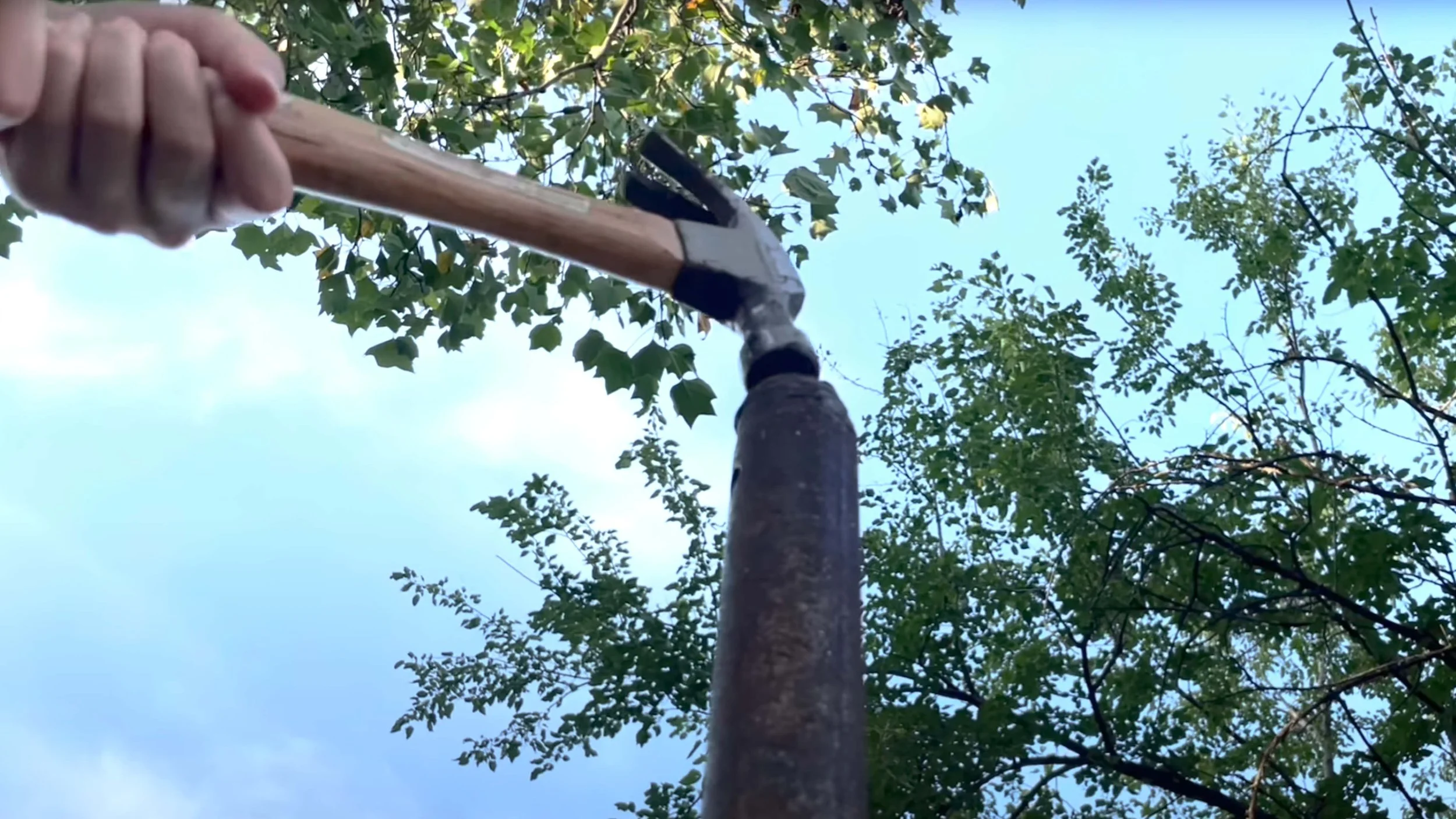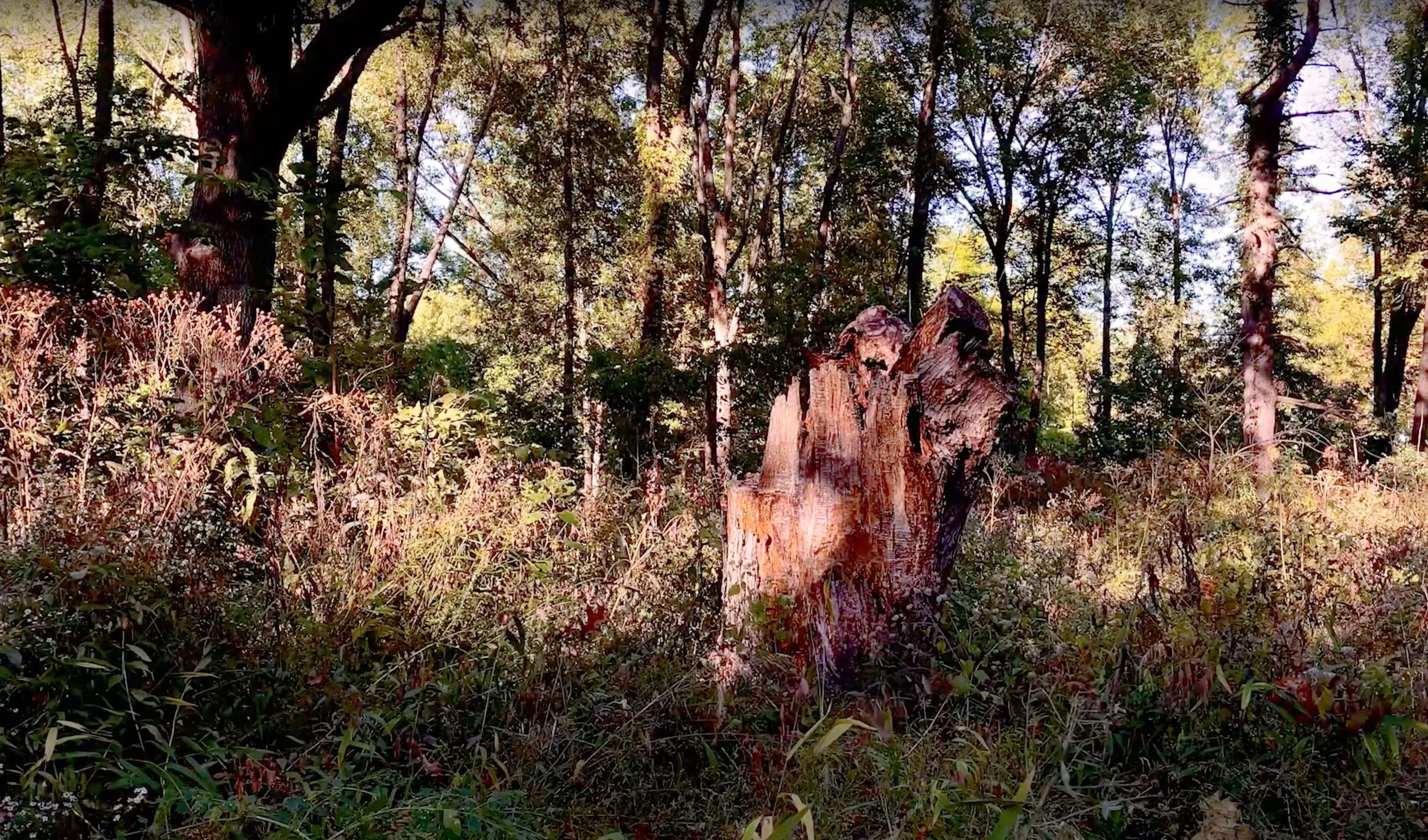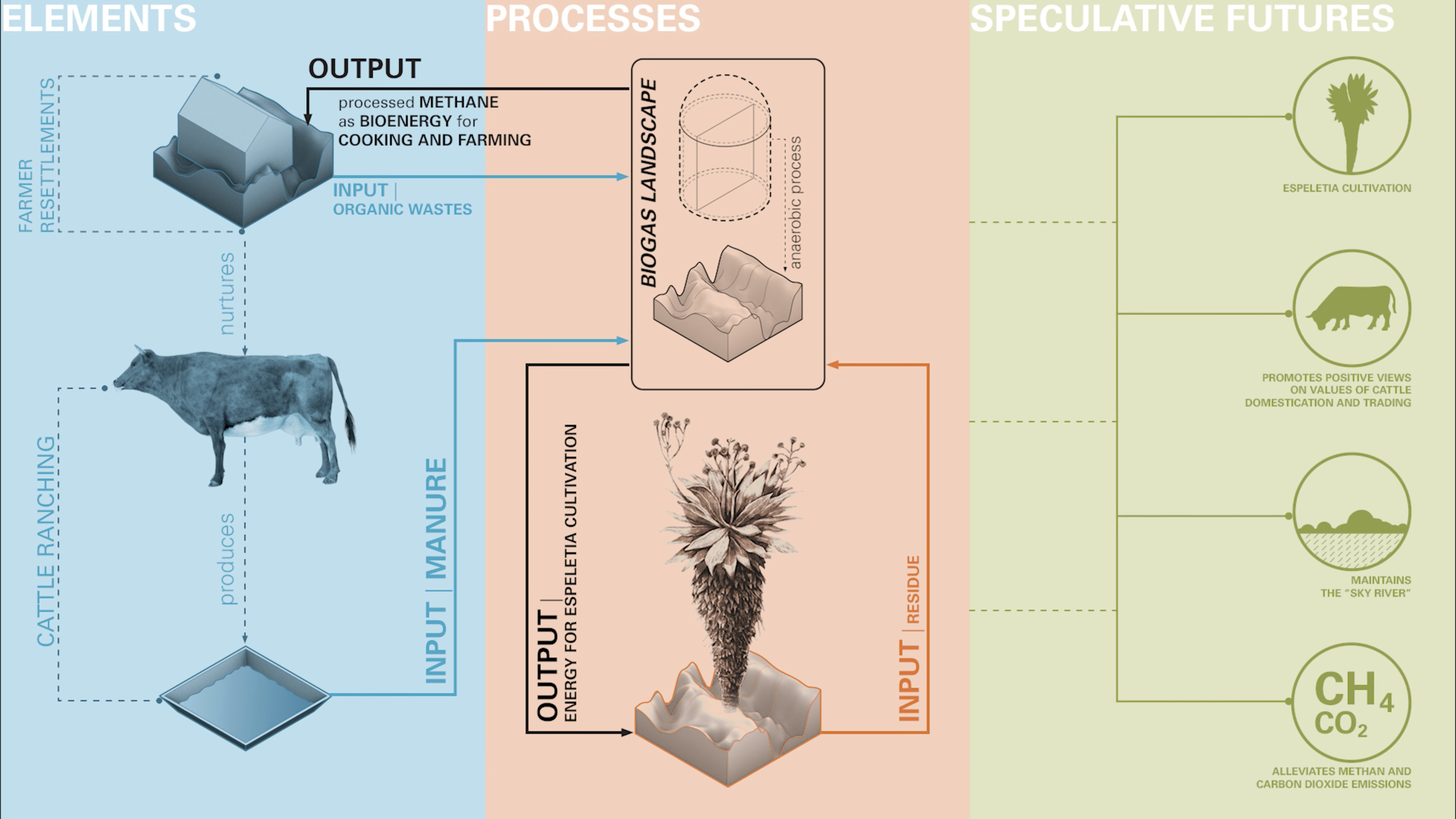Visualizing Ecological Processes
—a time-based representation in the MLA program
Washington University in St. Louis
Fall 2020 and 2021
This course is the third in a sequence of representation courses in landscape architecture. VEP builds on skills in 2D and 3D drawing while emphasizing landscape representation through time. Video shooting, digital editing, serial drawings, and animation broadens students’ abilities to analyze, interpret, experiment with, and communicate landscape processes. The projects focus on the art of storytelling, time-based media experimentation, and representation of design intent.
Visualizing Site
These live-action videos evoke an experience or tell a story about a single landscape.
Jiaqi Guo’s “A Rat in the Park” takes a nonhuman view of Forest Park. This unconventional live-action video aims to show the rat's experience of the human-dominated park. We never see the protagonist in this POV project, but we feel the fear and desire in the cinematography and editing. By showing human actions and the reaction of the rat, we get some rare feedback from human uses of shared spaces.
Jingyan Wang’s video is focused on the ecological process happening at the fence lines in St. Louis. Before humans owned and operated the land, it was occupied by nonhumans. With the sound of hammer, the fences occupy this land, or do they? As time passes, the fence was rusts, the plants occupy the fences. Plants take over the fence. Human and non-human communication flows in both directions, influencing each other, responding to each other, and changing because of each other. When humans and non-humans come into contact, the story begins.
Kaiti Burger’s “October” is set against Robert Frost’s poem of the same name. The video speaks to the natural, seasonal change of summer to autumn and to winter, while alluding to the similarly cyclical course of a human life. This contrast is portrayed in the video through the overlaying of footage of. humans over footage of non-human (yet still human-made) nature. Is nature the driving force of the melancholic tone, or is it the human desire to slow down time?
Animating Landscape
These video projects focus on the role of animation in the representation of landscape architecture research and design speculation.
Weicong Huang’s animated video lifts the curtains on the problematic management of the mighty Mississippi. The unpredictable River has huge economic and ecological costs. The video argues that some re-scripting is necessary in this system. The proposal: putting barges to work transporting sediment that gets in the way of navigation and using the sediment for wetland restoration throughout the floodplains of the Mississippi River Watershed.
Heuyue Liu and Shuya Zhang introduce two situations an ocean apart: the management of the Mississippi and Nile Rivers. One is consolidating aging dams and opening up to ecological management, while the other is increasing dam building for energy production. The video outlines these situations and tracks the social and environmental costs and benefits in each.
Chinh Pham’s video examines conflicting issues in the Paramo ecosystem in South America, and posits that an economic value (cattle ranching) and an endangered plant (Espletia sp.) can coexist. The video lays out the politics, culture, and ecology of this place, then goes on to detail a proposal through diagrams, technical sections, and 3D fly-throughs. This proposal has it all, including the kitchen sink. Can it work?





